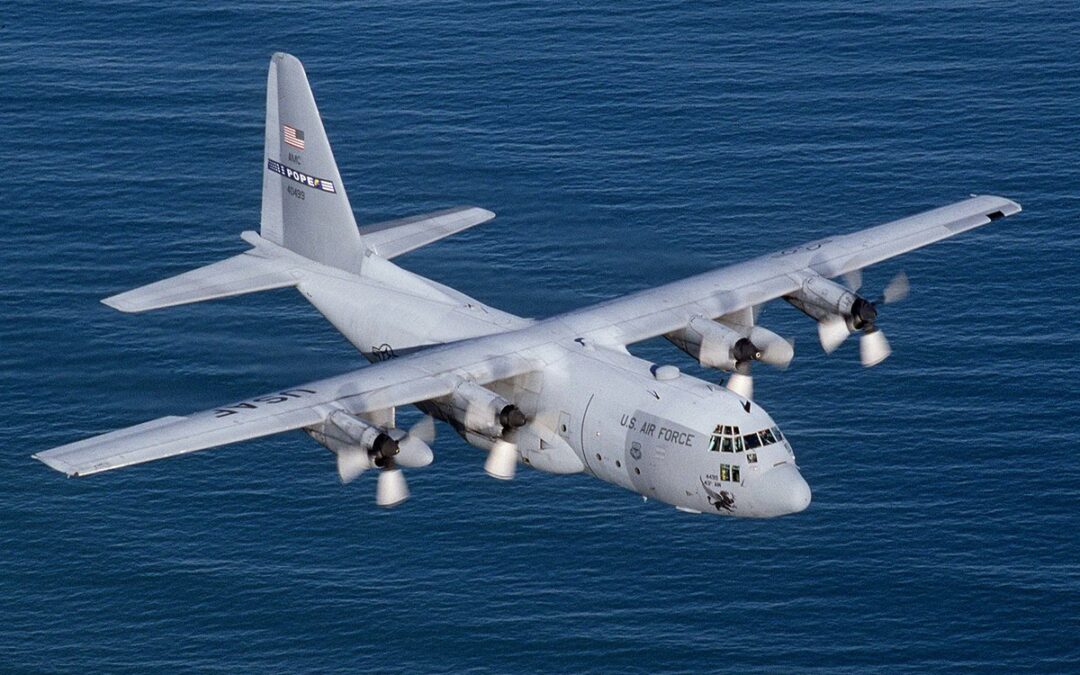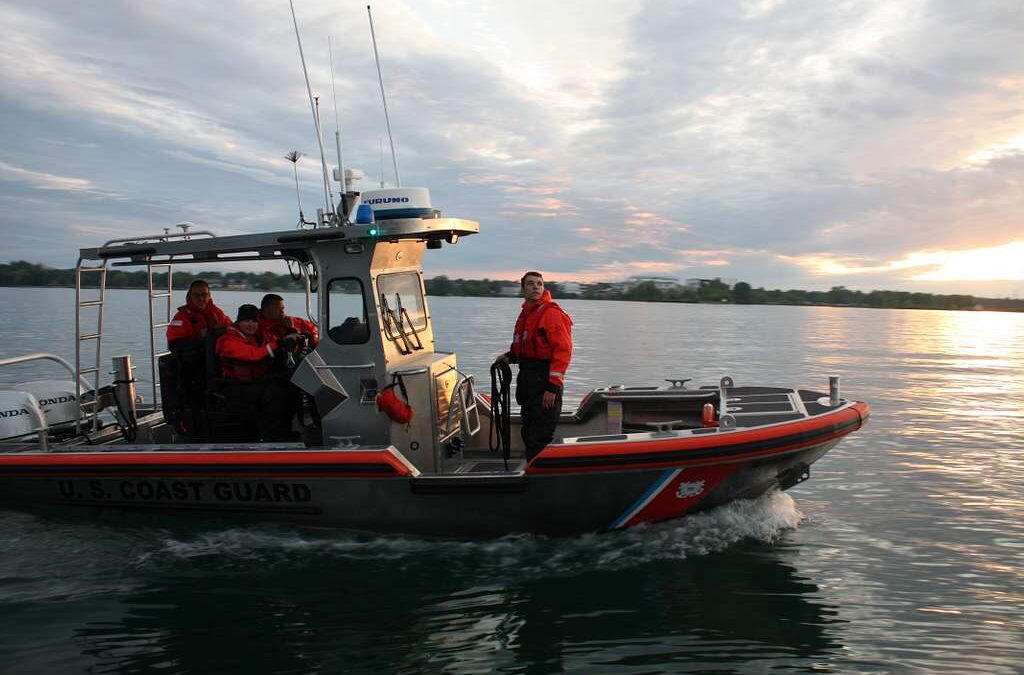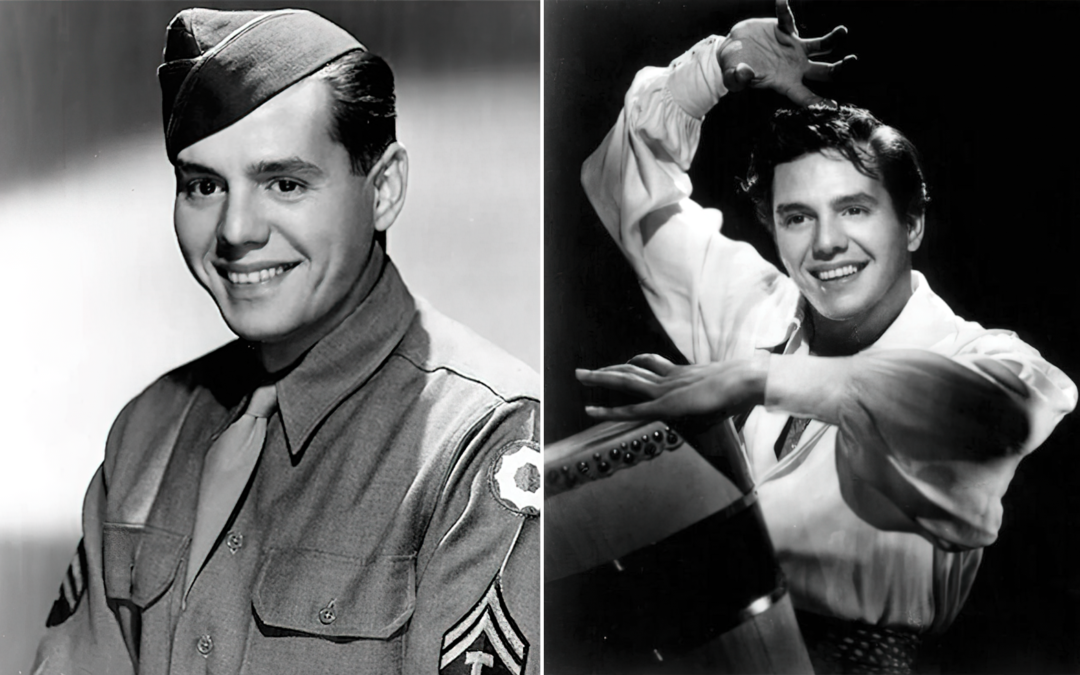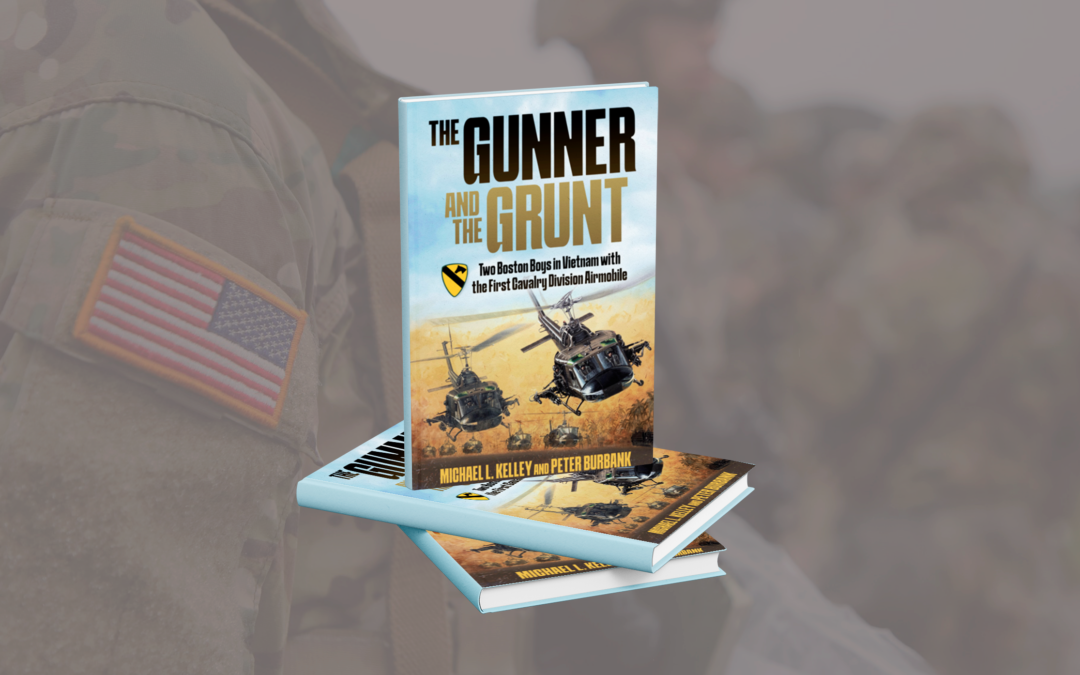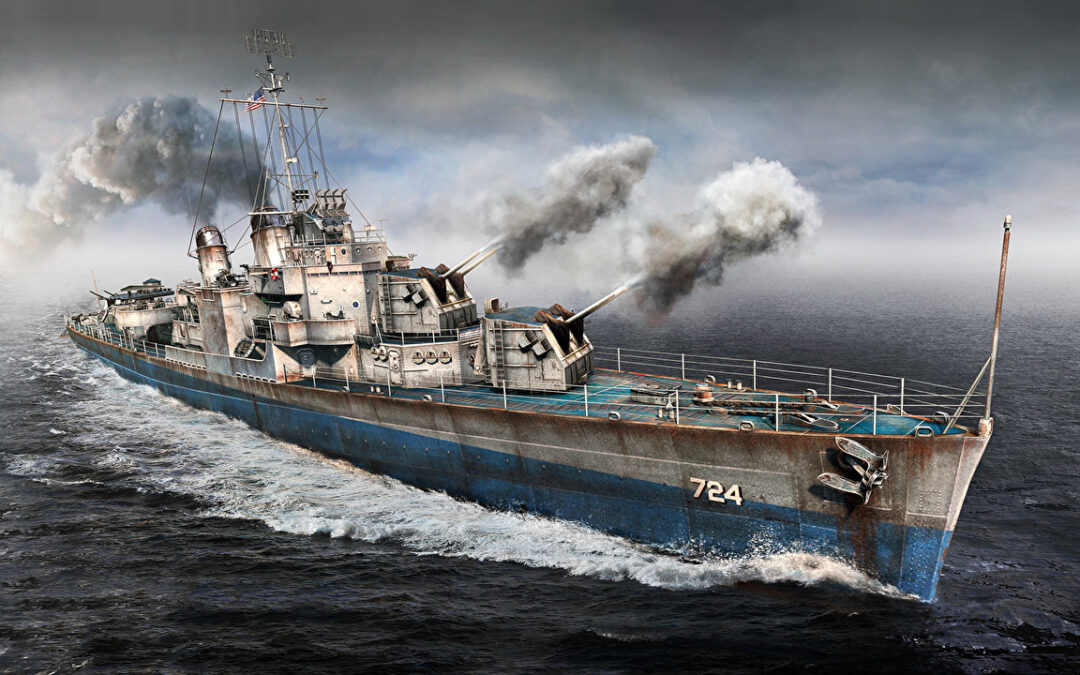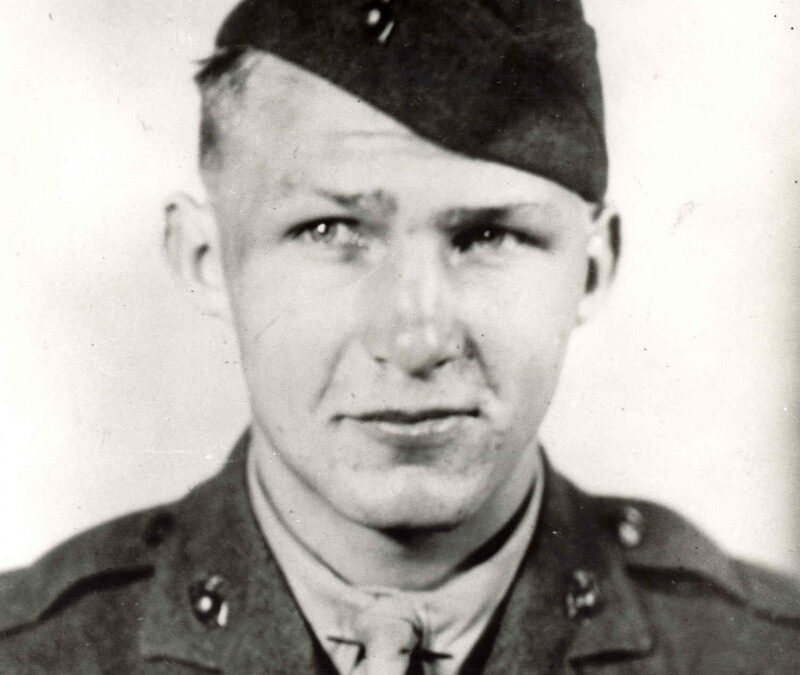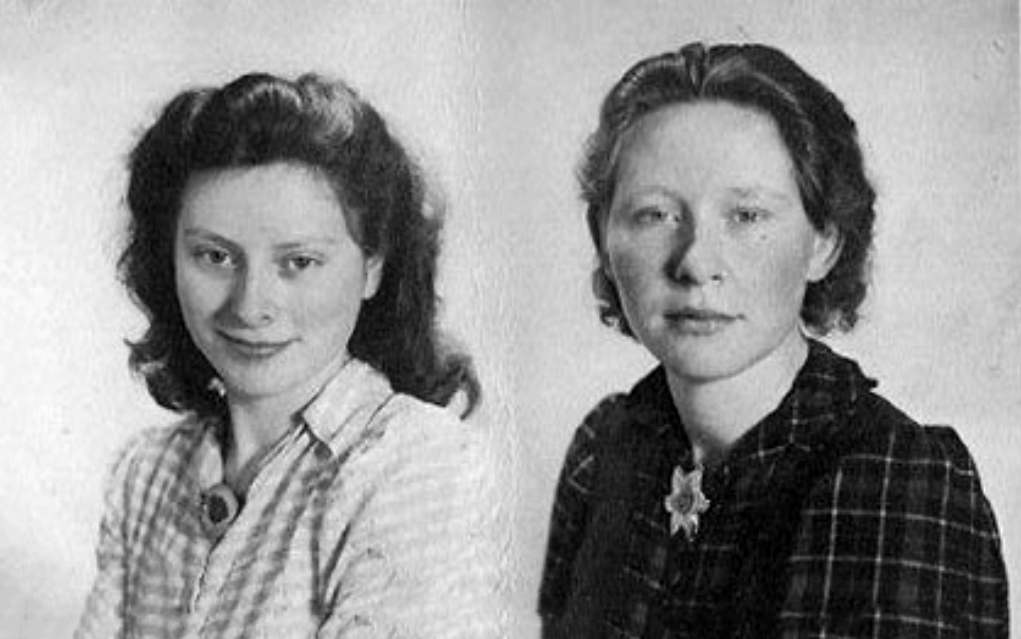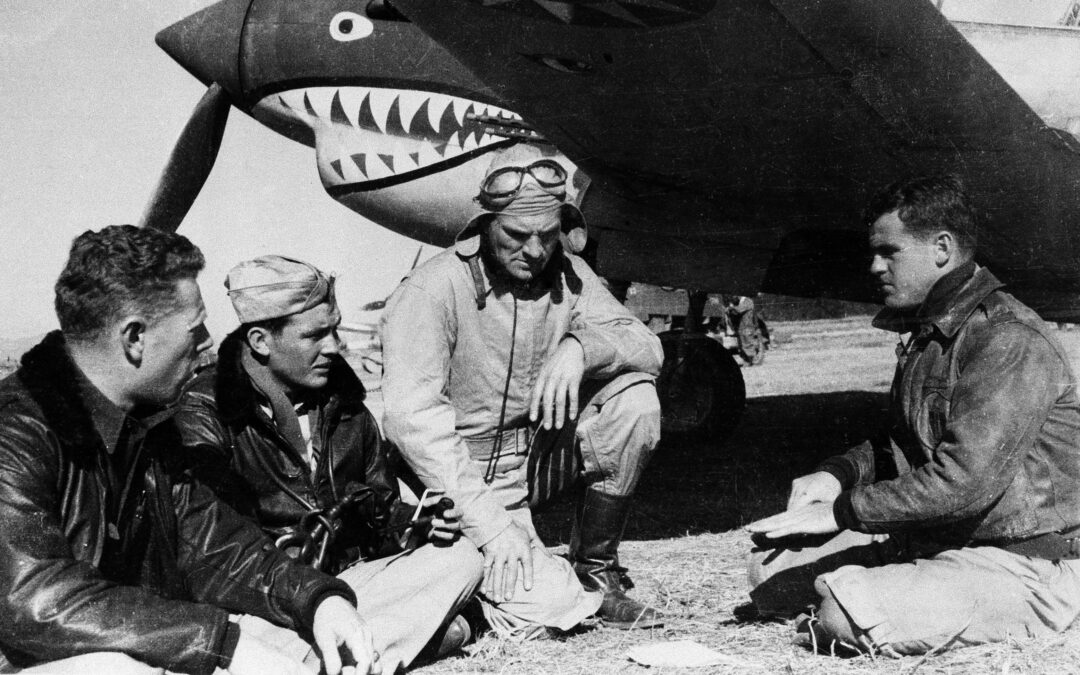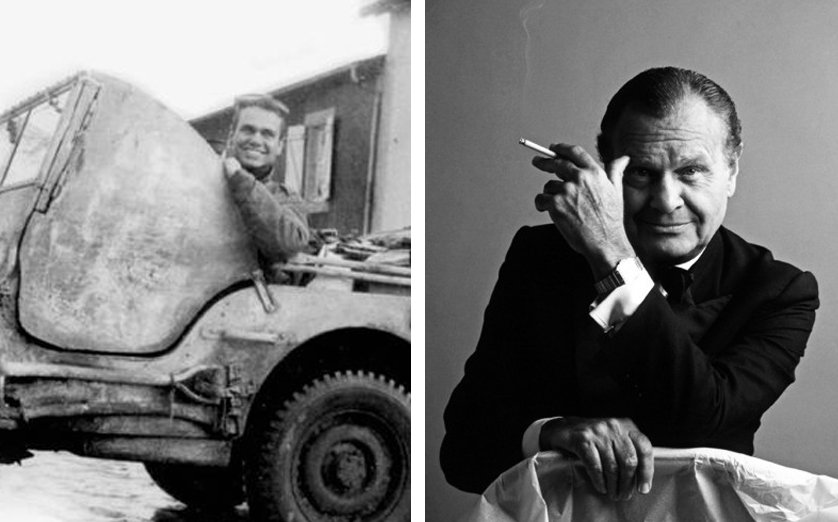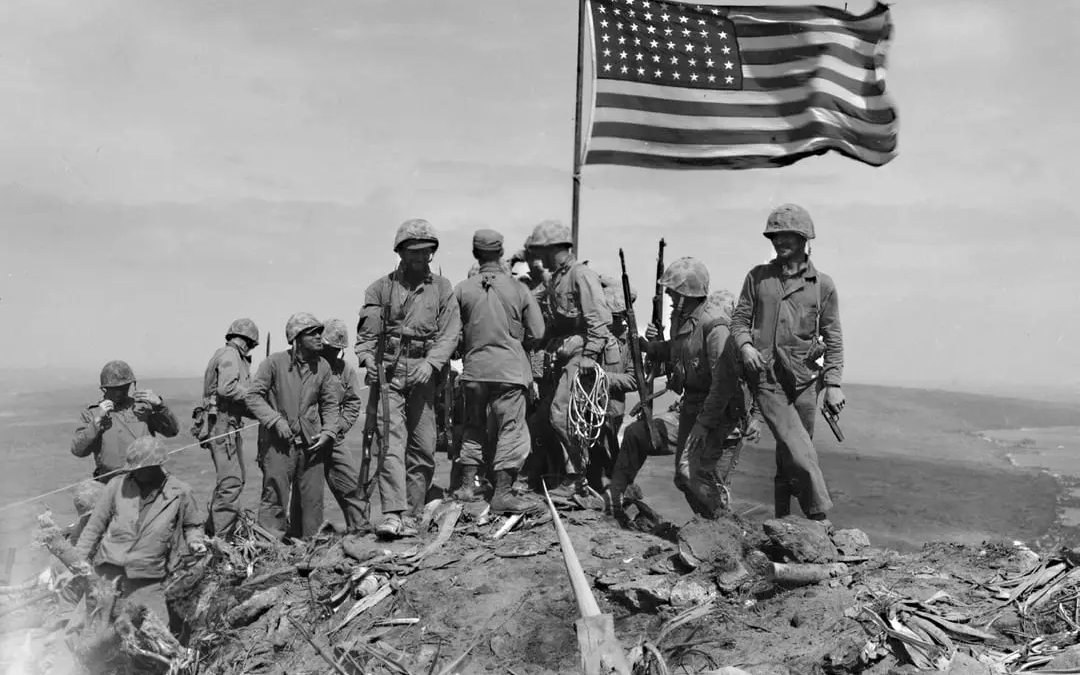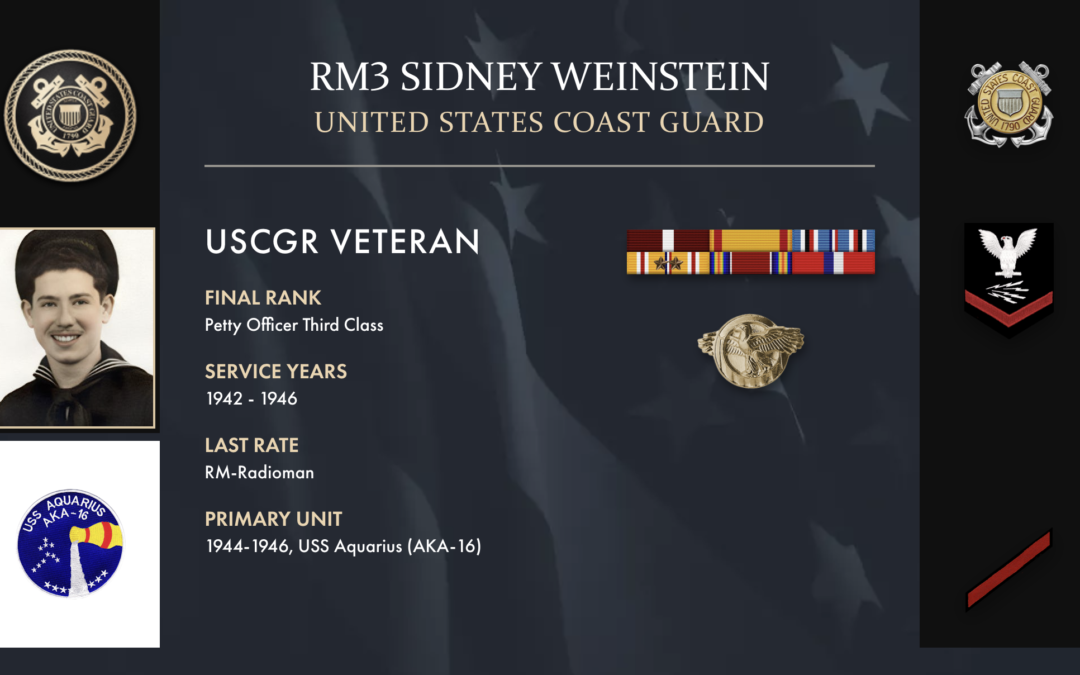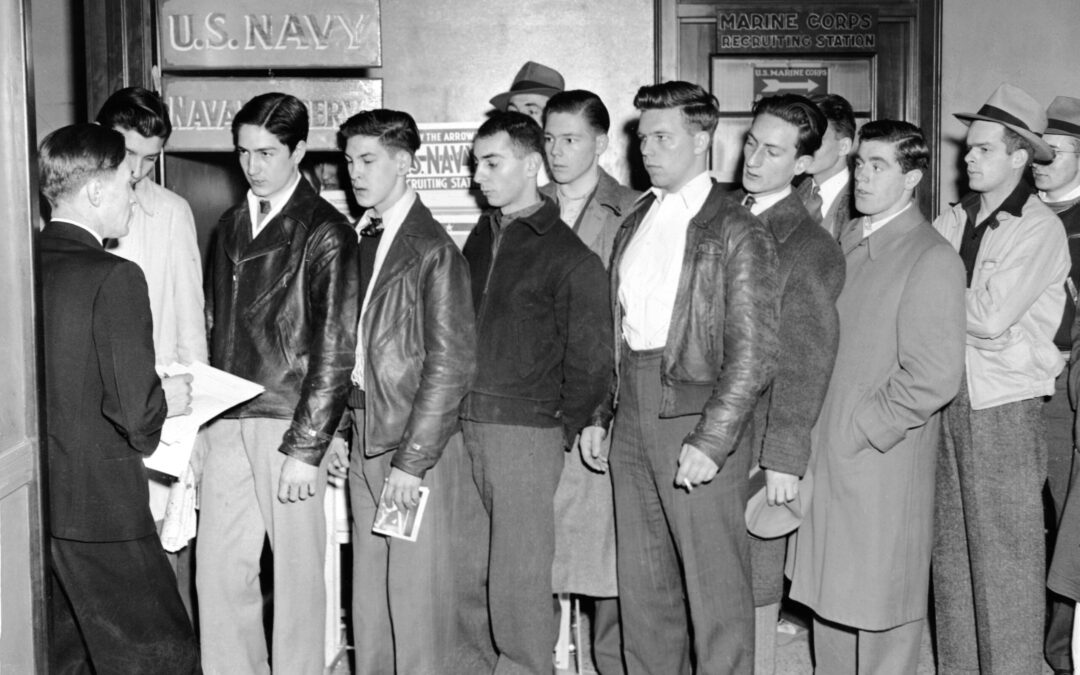Aircraft carriers are enormously important. They serve as mobile bases for warplanes at sea. They have flight decks for planes to take off and land. They carry equipment for arming warplanes and recovering planes that have been damaged. An aircraft carrier is considered a capital ship, the most important ship. This is because the Navy can use it to extend its power anywhere in the world. Countries that want to exercise influence need to have aircraft carriers. History of the C-130 Hercules Plane Aircraft carriers arose from cruisers that had been converted to carry aircraft in the early twentieth century. They were important during World War II, especially in the Pacific. Nowadays, they are some of the largest ships on the water and carry all kinds of aircraft, including helicopters, fighters, reconnaissance planes, and strike aircraft. They are, of course, enormously expensive to build. When on duty, and especially in war zones, they are protected by other ships. When it comes to...
